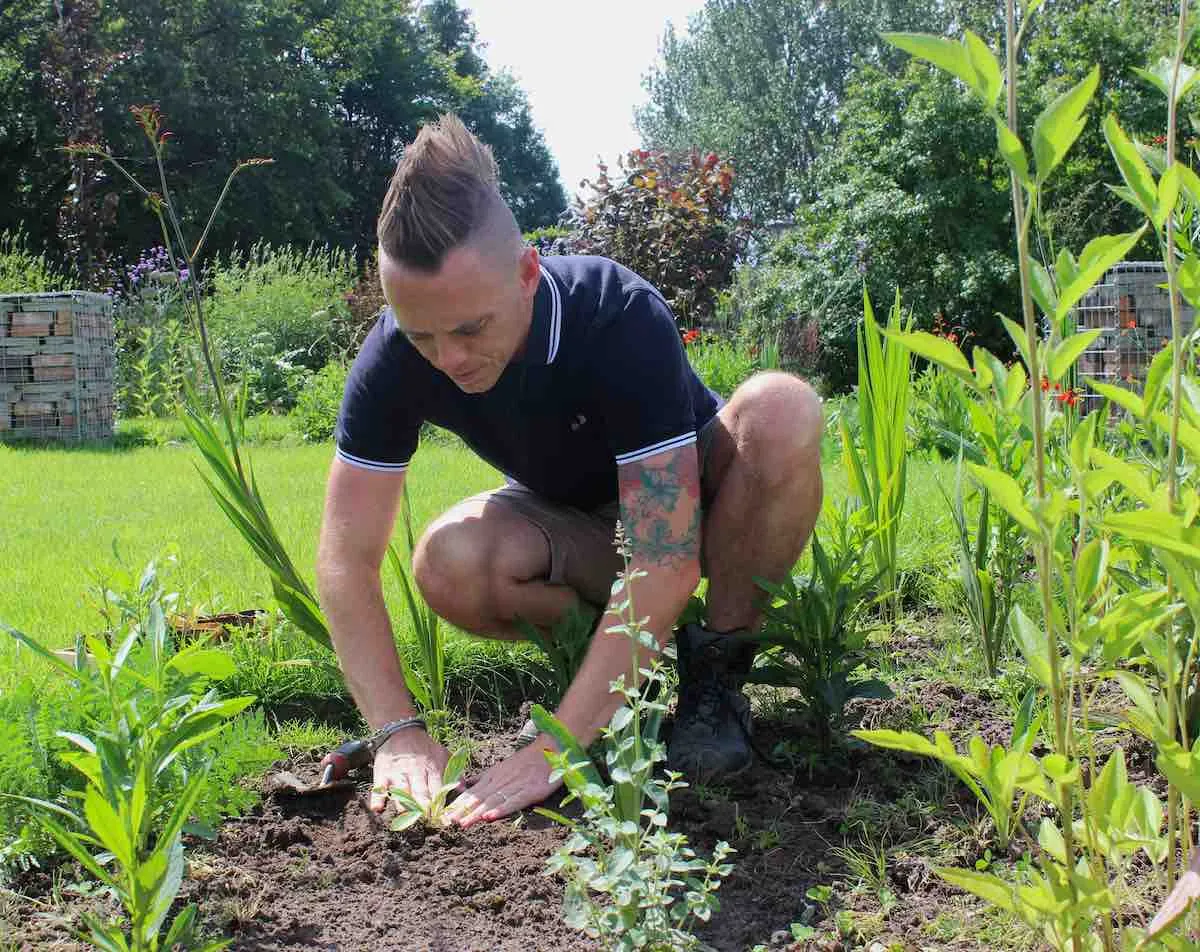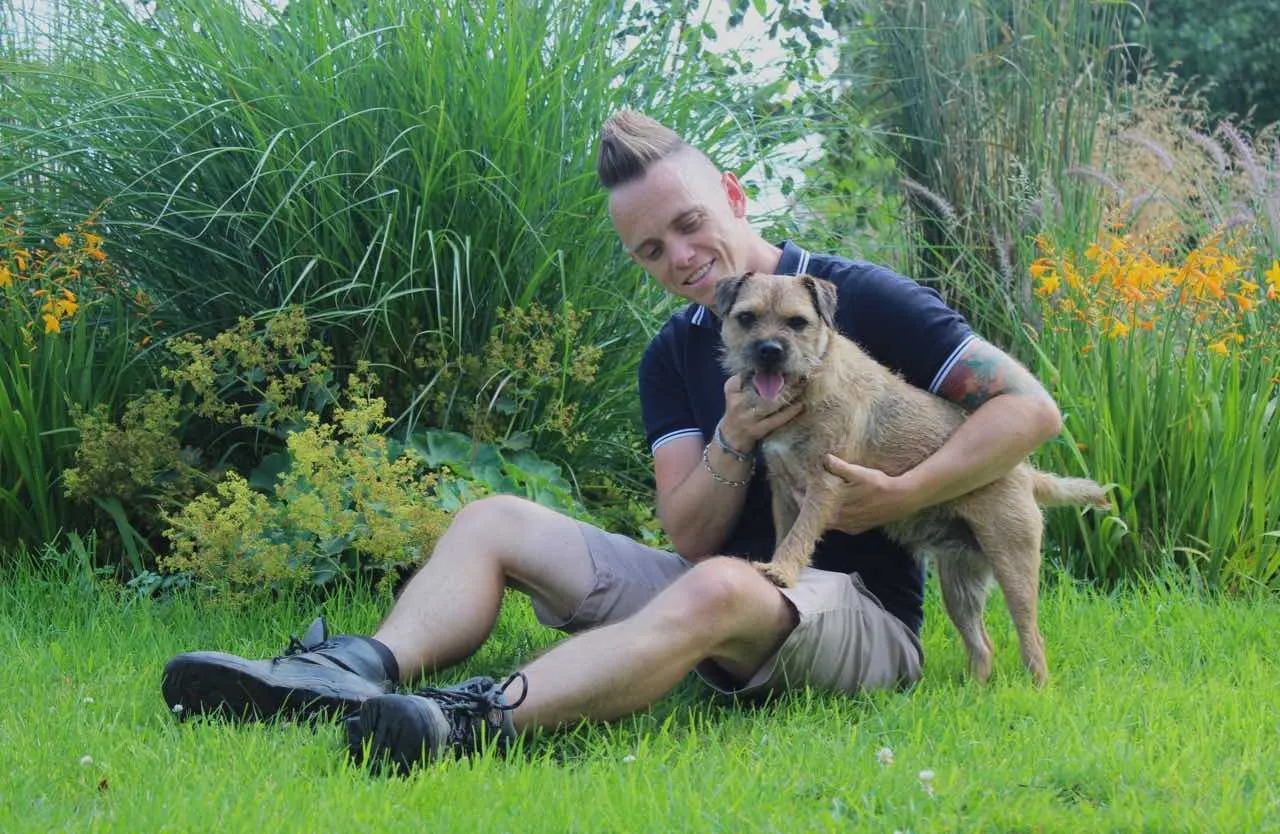Hi @chels4903
Thanks for getting in touch. Bobs advice is really useful. I have a bit more to add to help alongside his advice.
Based on my experience, it looks like you may have burnt your lawn seed with the green-up treatment. Looking at the pattern across the lawn, it could be that adding the treatment, especially in warm of dry weather, has scorched and burnt the roots of the relatively young lawn.
Don't panic though nearly all lawn issues are fixable.
When should you feed or green up a lawn?
It's important to understand when and how we should feed lawns. There's hundreds of products out there for us to choose from. All claiming immaculate lawns. But which feeds do you need and which are there just to get you to spend your money?
The trust is lawns should only be fed either in Spring or Autumn. For most lawns, I rarely use any shop-bought feed at all once established.
Why? Well, most lawns simply don't need it.
What I do use is the following when feeding lawns:
- A top dress of sieved compost ever 2-3 years in spring (scattered over the grass finely - see my compst reuse video below to help)
- Liquid seaweed watered down 1 part to 10 watered over in spring
- Low nitrogen super weak feed in Autumn - usually again a liquid feed such as Comfrey tea watered down 1-20 parts)
How to fix a fertilizer-burnt or damaged lawn:
Ok, let's get down to fixing this lawn of yours.
The best way to fix this is to hire a scarifier or grab yourself a rake and then rake over the entire lawn in March this year. Pulling out the dead bits and thatch. This will encourage fresh growth. A scarifier would be best as this will slice through the rhizomes and cause side shoots to emerge, filling the gaps.
https://youtu.be/8oeYfHJvmsQ
After that, overseed with a suitable seed mix. If your gardens in shade choose a shade lawn seed mix or if not a general-purpose blend. Scatter over finely, then sieve some compost over the top to aid germination.
Avoiding burning your lawn:
In future, I'd stay clear of evergreen or green-up fertilizers. They are a short-term feed solution to brighten your grass but they offer no lasting value. It's money for old rope really. They are also quite harsh if not watered in correctly leading to burning of your lawn.
Using old compost is usually best each Autumn, the type that's been used for bedding plants. Follow my guide below to see how you can recycle this as a long-term lawn feed.
https://youtu.be/T1vVfz0r0U0
I hope that helps and let us know how you get on.
Lee
Hi @chels4903
Thanks for getting in touch. Bobs advice is really useful. I have a bit more to add to help alongside his advice.
Based on my experience, it looks like you may have burnt your lawn seed with the green-up treatment. Looking at the pattern across the lawn, it could be that adding the treatment, especially in warm of dry weather, has scorched and burnt the roots of the relatively young lawn.
Don't panic though nearly all lawn issues are fixable.
When should you feed or green up a lawn?
It's important to understand when and how we should feed lawns. There's hundreds of products out there for us to choose from. All claiming immaculate lawns. But which feeds do you need and which are there just to get you to spend your money?
The trust is lawns should only be fed either in Spring or Autumn. For most lawns, I rarely use any shop-bought feed at all once established.
Why? Well, most lawns simply don't need it.
What I do use is the following when feeding lawns:
- A top dress of sieved compost ever 2-3 years in spring (scattered over the grass finely - see my compst reuse video below to help)
- Liquid seaweed watered down 1 part to 10 watered over in spring
- Low nitrogen super weak feed in Autumn - usually again a liquid feed such as Comfrey tea watered down 1-20 parts)
How to fix a fertilizer-burnt or damaged lawn:
Ok, let's get down to fixing this lawn of yours.
The best way to fix this is to hire a scarifier or grab yourself a rake and then rake over the entire lawn in March this year. Pulling out the dead bits and thatch. This will encourage fresh growth. A scarifier would be best as this will slice through the rhizomes and cause side shoots to emerge, filling the gaps.
After that, overseed with a suitable seed mix. If your gardens in shade choose a shade lawn seed mix or if not a general-purpose blend. Scatter over finely, then sieve some compost over the top to aid germination.
Avoiding burning your lawn:
In future, I'd stay clear of evergreen or green-up fertilizers. They are a short-term feed solution to brighten your grass but they offer no lasting value. It's money for old rope really. They are also quite harsh if not watered in correctly leading to burning of your lawn.
Using old compost is usually best each Autumn, the type that's been used for bedding plants. Follow my guide below to see how you can recycle this as a long-term lawn feed.
I hope that helps and let us know how you get on.
Lee
 Lee Burkhill: Award Winning Designer & BBC 1's Garden Rescue Presenters Official Blog
Lee Burkhill: Award Winning Designer & BBC 1's Garden Rescue Presenters Official Blog



